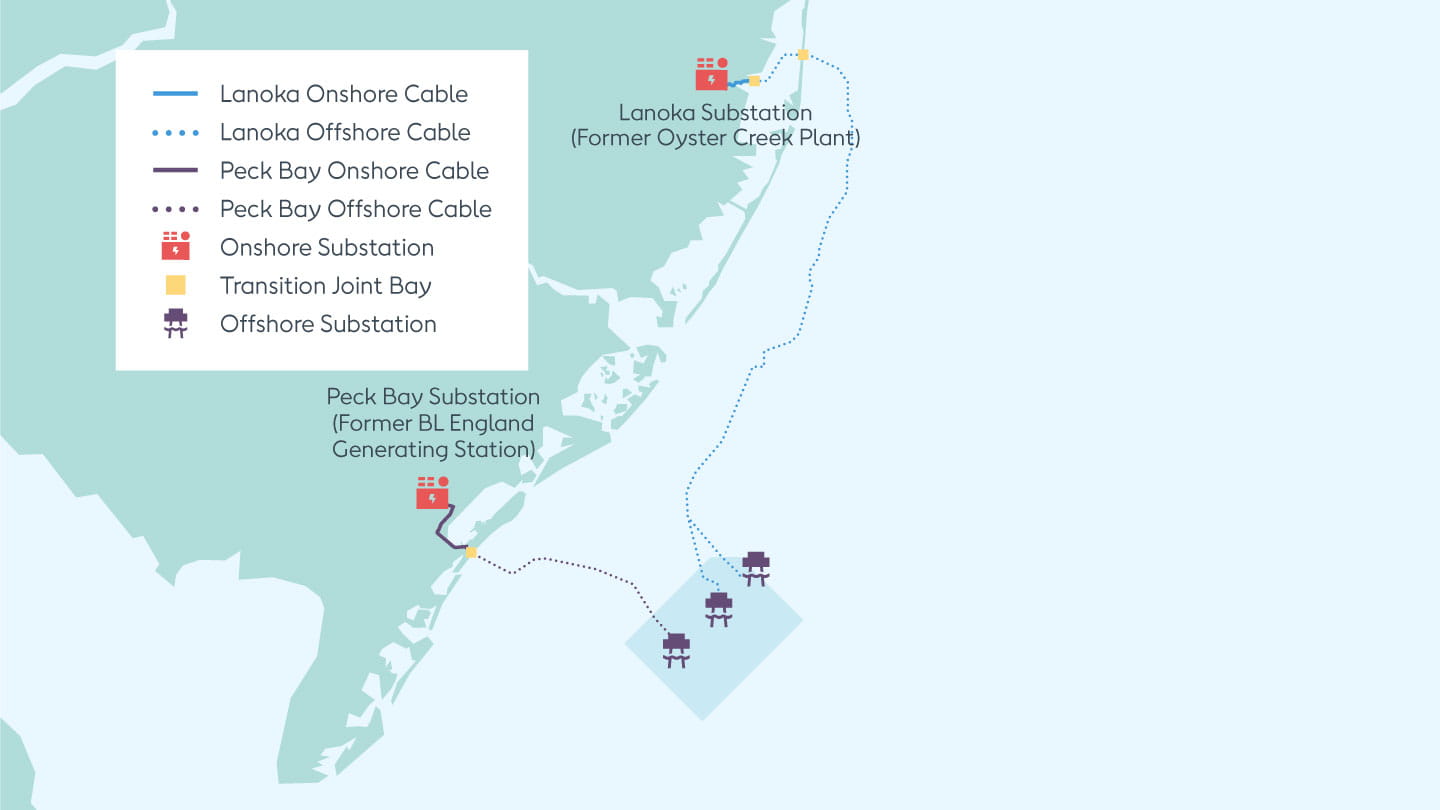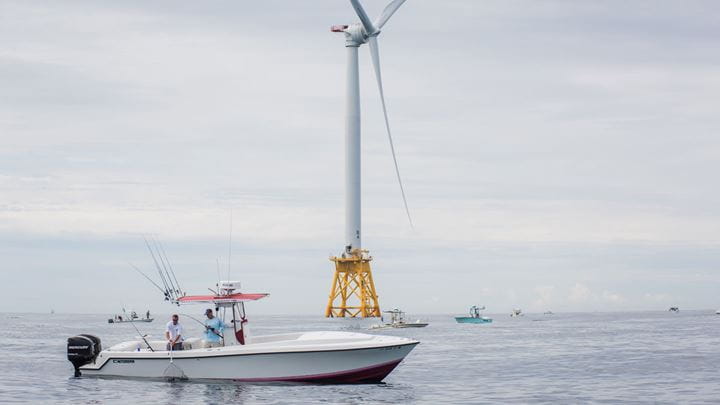Construction updates
Ocean Wind 1, New Jersey’s first offshore wind farm, will start onshore construction in fall 2023. As the project developer and owner, Ørsted aims to be transparent with residents, businesses, and other stakeholders about construction developments.
On this page, you will find our full construction timeline, maps of construction routes and areas undergoing work, and frequently asked questions. This page will be updated as construction progresses. For the latest information, please see the public notice and updated sections below.

